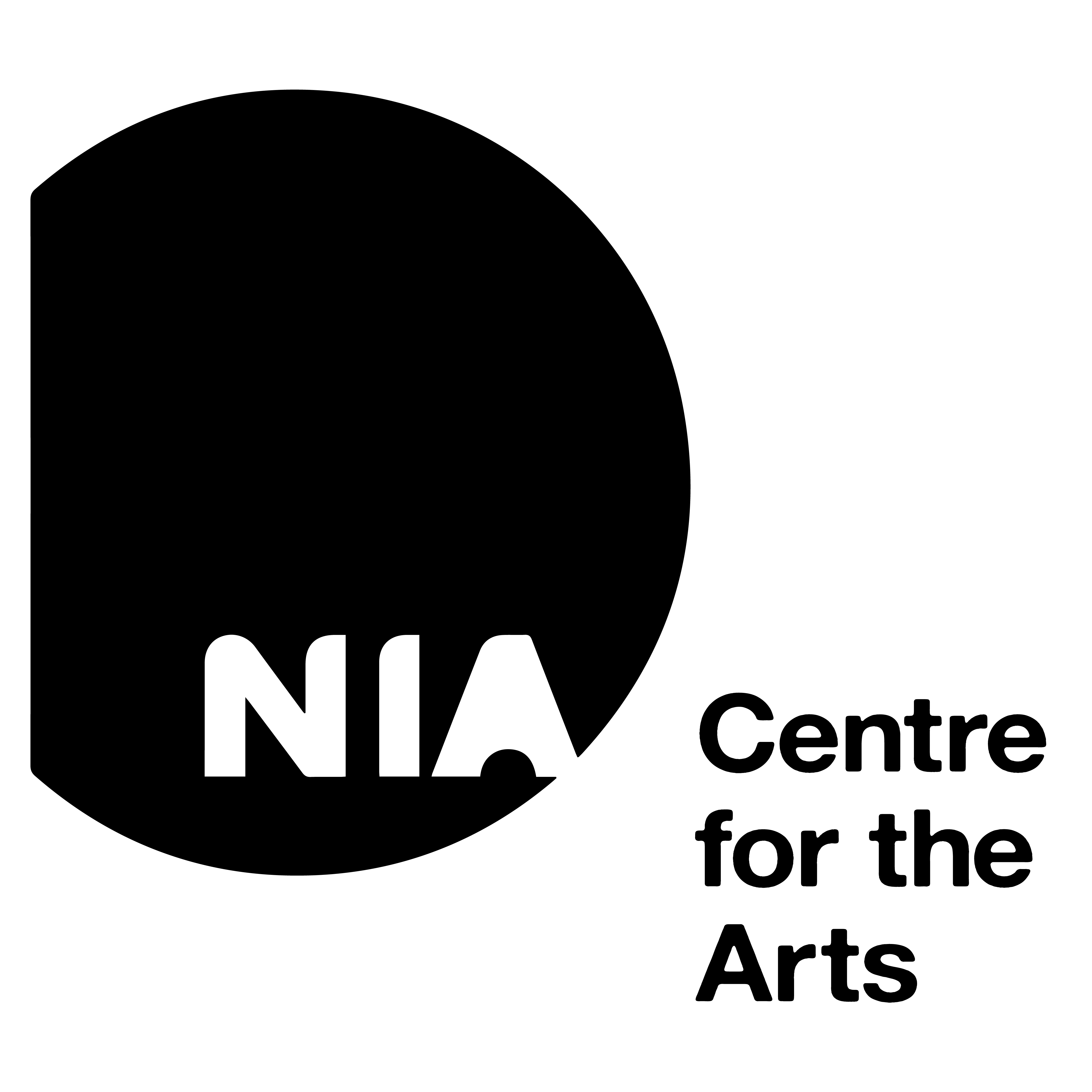Tell us about yourself. Where are you from?
I was born and raised in Ghana, where I lived for most of my life. I also lived in Burkina Faso and very briefly in Nigeria, where my mother is from.
Describe yourself as an artist.
As of right now photography is my primary artistic medium. My personal work, whether conceptual or documentary, tends to explore motifs within the black community, such as home, identity, expression and by extension complexities of the human condition.
Tell us about your artistic journey and practice.
In terms of art style I think I am largely influenced by afrocentric art, especially older works. I engage with music, paintings, movies, images and sculptures when ideating. I would list some of my photography influences/inspirations to be James Barnor, Gordon Parks and more recently, Joshua Kissi. They all in their own way, capture black identity in their time period.
How did you get started?
I first started photography when I was around 14. I joined the yearbook club in middle school and got assigned to capture life on campus. I had an amazing instructor who taught me the basics of the camera. I didn’t get a camera of my own until I was 18, which was 4 years ago, I would say that’s when I really began photography. In terms of conceptual photography, the starting point for me was in 2018 when a childhood friend of mine passed away. It was a strange time for me, dealing with grief, and I decided to pay tribute to him through conceptual photography with a series I called Angel. That’s where my artistic journey began.
What stories are you trying to tell through your work?
I would say I am trying to tell stories that are authentic, whether to me or people I know. My work is centred around experiences, reflections, thoughts and understandings. Taking my cultural background into account, the authenticity in my work comes from telling stories that hover on the nuances of afro-diasporic identity.
How did Taboo come to be?
2019 was dubbed the “Year of Return'' by the Ghanaian government to signify 400 years since the arrival of the first enslaved Africans in Jamestown, Virginia. It was an invitation to the diaspora and all victims of the Trans Atlantic Slave Trade, to come to Ghana and reconnect as a way of celebrating African resilience. As someone who had grown up in Ghana my entire life this made me think a lot about how nationals related to the “Year of Return''. How we perceive the historical context behind the land we are on, how we perceive national monuments like Cape Coast Castle and Elmina Castle. Slaves castles which today are sacred museums detailing the unfortunate truths of our history. This was when I chanced upon images of Ussher Fort, the abandoned slave trading post in Jamestown, Accra which would later serve as the location for this set of images. This series was born out of reflection of how differently we relate to these spaces now and what they represent. I asked myself questions like is this space really ours now? What is the significance in how we interact with it? I realized that I wanted to do some sort of disruption or land reclamation.
Taboo is a part of a larger series, how did you select these images?
I selected these seven images because I wanted to use images that I felt were as strong as the intention and context behind them were. There is a strong contrast between light and shadow in these images that I feel similarly represent the idea of meandering between past and present.
You play around with multiple genres when working with photography, one of the most prominent is the visual element– fashion. How did fashion help tell this story?
Fashion was integral in telling this story. I think the images are visually strong because of the intensity in the contrast between the subject’s red clothes and the muddy tones of the structure he finds himself in. It almost screams at you that he doesn’t belong there. Beyond the colour I think the texture of the clothes and the boots have a rebellious feel to them, he wears them so authentically that it fits into the idea of expressing his freedom.
What do you hope the audience; our community members, will take away from your work?
Honestly I would like for the audience to think about the intention behind Taboo and come to their own conclusions on how it made them feel.
What's next for you?
I can’t say for certain. I am currently working on a number of projects that I am very excited about. I think there is a lot more to come from TABOO. I’d love to see how I can expand on this series. I would also really love to see my work physically live somewhere. I spent the four months of summer back home in Ghana documenting life, especially outside the capital Accra, on the road. It was a great experience and I’m hoping to curate what I captured into a book.





